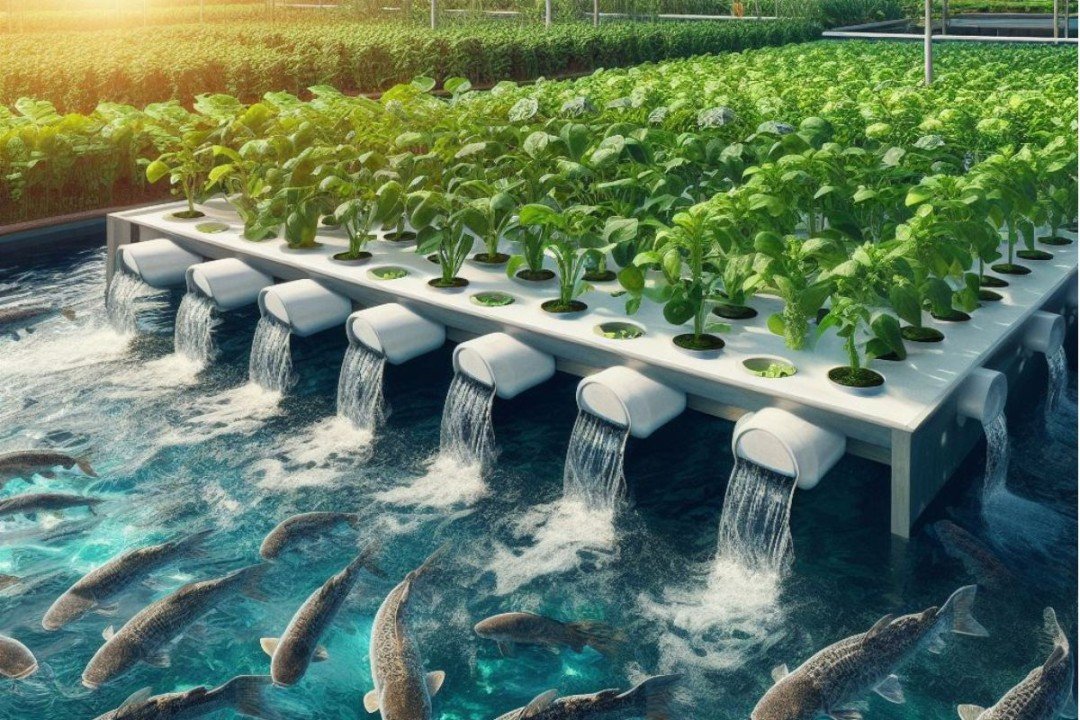As the global population continues to grow, there is an urgent need for sustainable agricultural practices that can meet the increasing demand for food while conserving valuable resources. The aquaponics market is stepping up to this challenge, offering a sustainable solution to food production. According to a report by Flair Insights, the global aquaponics market is projected to grow at a CAGR of 12.1%, reaching USD 2.8 billion by 2032.
How Aquaponics Supports Food Security
Aquaponics combines the principles of aquaculture and hydroponics to create a closed-loop system that allows for the simultaneous production of fish and plants. This method reduces the environmental impact of traditional farming and enhances food security by producing high-quality, locally sourced food in a sustainable manner.
- Water Conservation: Aquaponics systems use up to 90% less water than conventional farming. In areas facing water shortages or drought conditions, aquaponics provides an efficient solution that significantly reduces water usage while maintaining high yields.
- Chemical-Free Farming: Unlike traditional agriculture, aquaponics does not rely on chemical fertilizers or pesticides. This makes aquaponics-based food production not only more sustainable but also healthier for consumers. The organic nature of aquaponics is particularly appealing as consumers increasingly demand pesticide-free and organic produce.
- Dual Crop Production: The unique nature of aquaponics allows for the simultaneous cultivation of both fish and plants. This dual production system enhances the output per unit of space, making it an ideal solution for urban areas with limited space for traditional farming. Aquaponics supports the production of a variety of crops, from leafy greens to herbs and even fish, creating a diverse food source.
Aquaponics Market Outlook
The growing focus on sustainability, coupled with advancements in aquaponics technology, is expected to drive the market’s expansion. North America, especially the U.S., is a key region for the adoption of aquaponic systems, fueled by government support for sustainable agriculture. Europe and Asia-Pacific are also showing increasing interest in adopting aquaponics systems to combat food insecurity and reduce environmental impact.
As demand for sustainable farming solutions increases, aquaponics is expected to play a crucial role in addressing global food security challenges. Its ability to provide fresh, healthy food with minimal environmental impact makes it a key component of future food systems.

